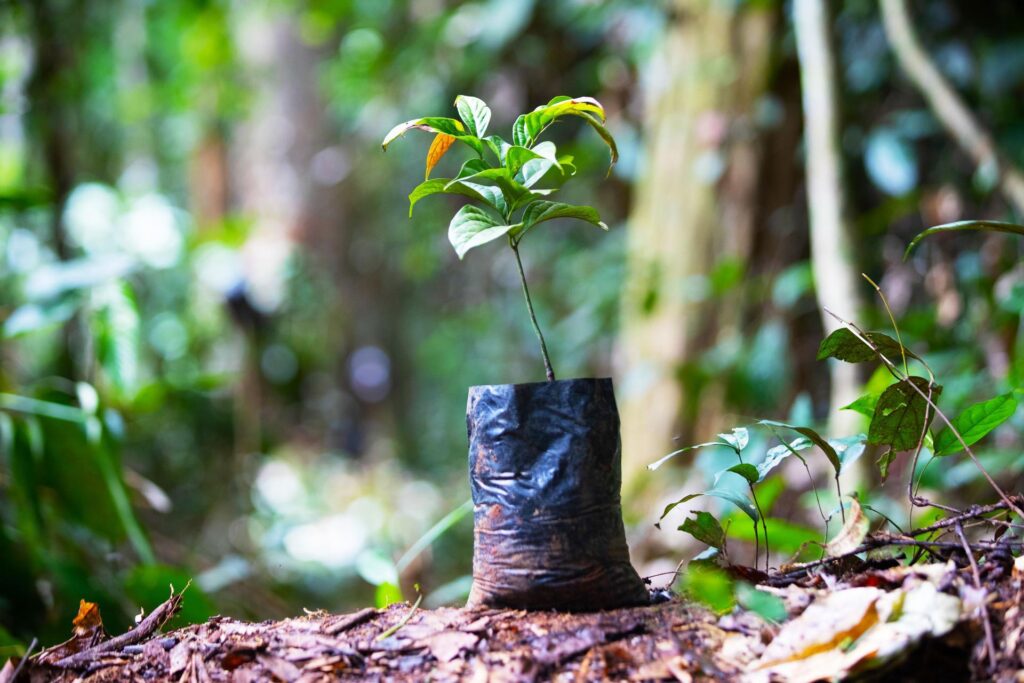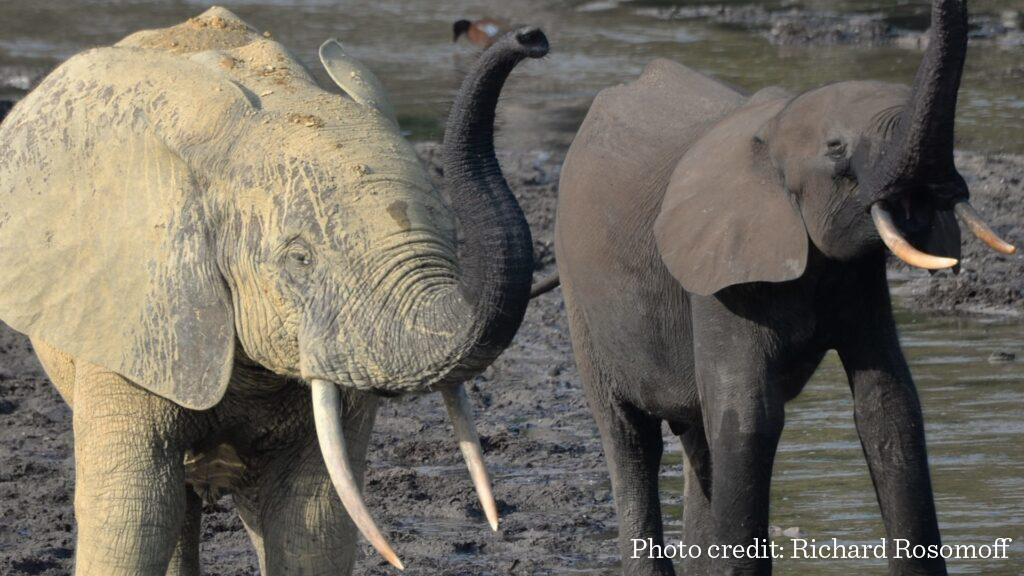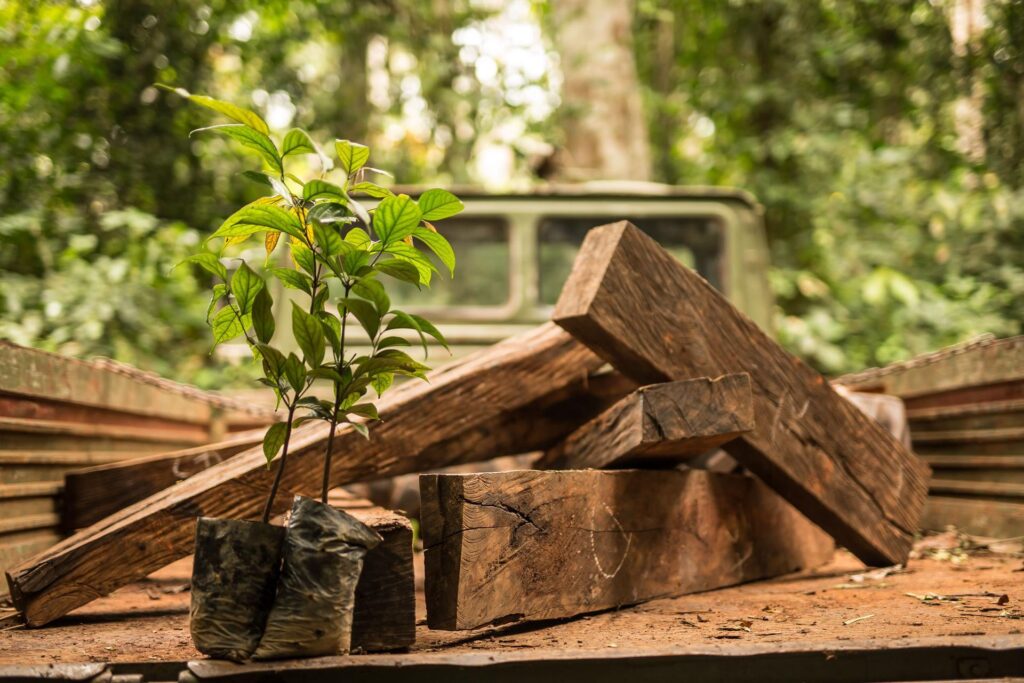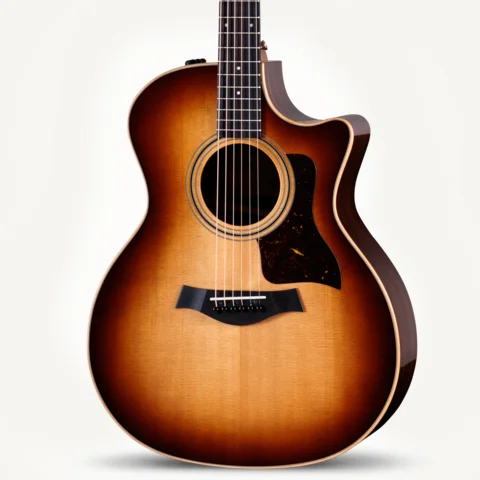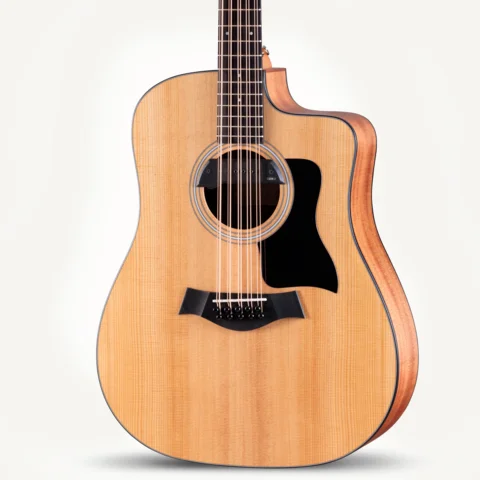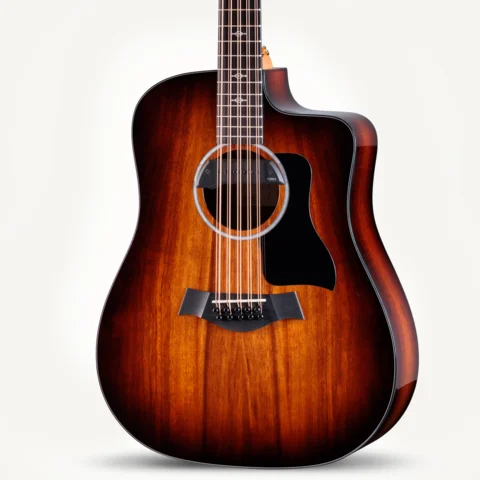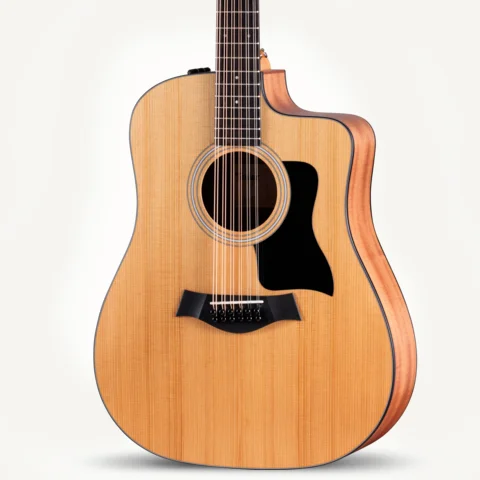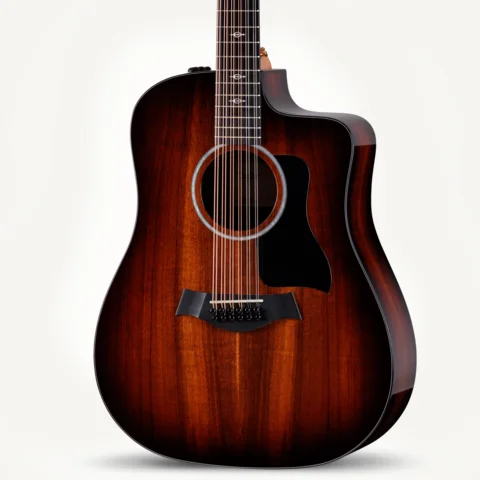Recently, Taylor Guitar’s Ebony Project was featured in StoryScape, a digital magazine by ESRI (Environmental Systems Research Institute) featuring place-based stories and storytellers. ESRI is the global leader in Geographic Information Systems (GIS) and serves over 650,000 organizations worldwide. To snag the lead story spot in their magazine was an unexpected honor for Taylor. ESRI is a big deal—their annual conference in San Diego welcomes over 20,000 attendees, including government agencies, nonprofits, conservation organizations, utilities, urban planners, commercial businesses and the military. I’ve attended one of these conferences and I can tell you that ESRI software is revolutionizing planning, management and policymaking around environmental issues worldwide.
As it turns out, several people at ESRI are fans of Taylor Guitars, and as many Taylor fans know, in 2016 we launched the Ebony Project in Cameroon to conduct basic ecological research on a traditional acoustic guitar tonewood and plant ebony and fruit trees in several small villages that buffer a U.N. World Heritage site. Implemented by The Congo Basin Institute (CBI), the Ebony Project has produced landmark independent research and developed a vibrant community-based planting program. To date, we’ve planted over 40,000 ebony trees and 20,000 fruit trees, with planting ongoing today.
From the start, Bob Taylor has asked us to produce annual progress reports on the project, which are publicly available at Crelicam.com/resources. About the time we started planning for the 2023 annual progress report, some friends at ESRI began encouraging us to build a StoryMap, which combines cartography, 3D scenes, embedded content, multimedia and more into an interactive narrative that drives awareness, influences opinion and effects change. To me, it was an opportunity to transform a text-laden annual report into a more visual, user-friendly platform that might reach a broader audience. And reaching a broader audience is important, because after seven years, I know that my boss and the project’s primary funder, Bob Taylor, can’t keep funding the project forever.
I hope our StoryMap effectively illustrates the origins of the Ebony Project, its accomplishments and how it can grow from here. You can read the ESRI StoryScape article here.

























